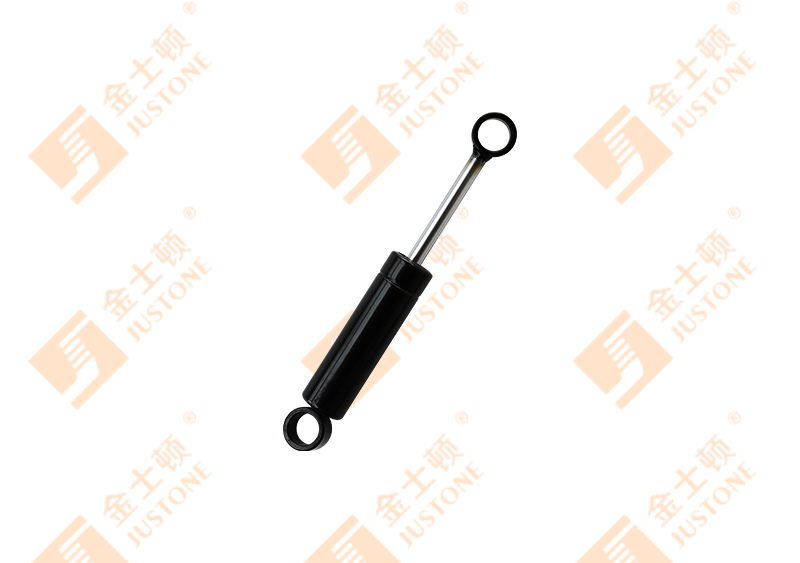Didn't find a product that suits you?
Contact us for the latest news.
A seat damper improves the comfort and stability of a seat through several mechanisms:
Vibration Reduction:
Absorption of Road/Environmental Vibrations: Seat dampers absorb vibrations from uneven road surfaces or environmental conditions, reducing the transmission of these vibrations to the occupant. This helps in minimizing fatigue and discomfort over long periods.
Isolation of Motion: By isolating the seat from the chassis or frame, seat dampers prevent the transfer of vibrations and jolts to the occupant, resulting in a smoother ride or sitting experience.
Shock Absorption:
Mitigation of Sudden Movements: Seat dampers help absorb and dissipate energy from sudden impacts or movements (e.g., hitting a pothole or abrupt stops), protecting the occupant from harsh jolts and enhancing comfort.
Gradual Deceleration: By gradually decelerating the movement of the seat during impacts, dampers reduce the shock felt by the occupant, thereby enhancing safety and comfort.
Stability Enhancement:
Controlled Damping: Seat dampers provide controlled damping, which helps in stabilizing the seat during dynamic movements such as turns, accelerations, and decelerations. This prevents excessive seat movement, contributing to occupant stability.
Maintaining Seat Position: By stabilizing the seat, dampers help in maintaining the seat’s position relative to the occupant’s center of gravity, reducing the risk of motion sickness and improving overall ride stability.

Ergonomic Support:
Adaptive Damping: Some advanced seat dampers offer adaptive damping capabilities, adjusting their performance based on the weight and movement of the occupant. This ensures optimal support and comfort for individuals of different sizes and weights.
Customized Comfort Settings: Seat dampers can be part of a system that allows for customized comfort settings, enabling occupants to adjust the level of damping according to their preferences.
Noise Reduction:
Damping Noise and Rattles: By reducing vibrations and movements, seat dampers also help in minimizing noise and rattles that can originate from the seat and its components, contributing to a quieter and more pleasant environment.
Long-Term Health Benefits:
Minimizing Physical Strain: By reducing continuous low-level vibrations and shocks, seat dampers help in minimizing physical strain on the occupant’s body, potentially reducing the risk of long-term musculoskeletal issues.
Enhanced Blood Circulation: Comfortable and stable seating, aided by dampers, can promote better posture and circulation, reducing the likelihood of stiffness and discomfort during extended periods of sitting.
By addressing these aspects, seat dampers significantly contribute to the overall comfort and stability of a seat, making them essential components in automotive, aerospace, and various industrial seating applications.